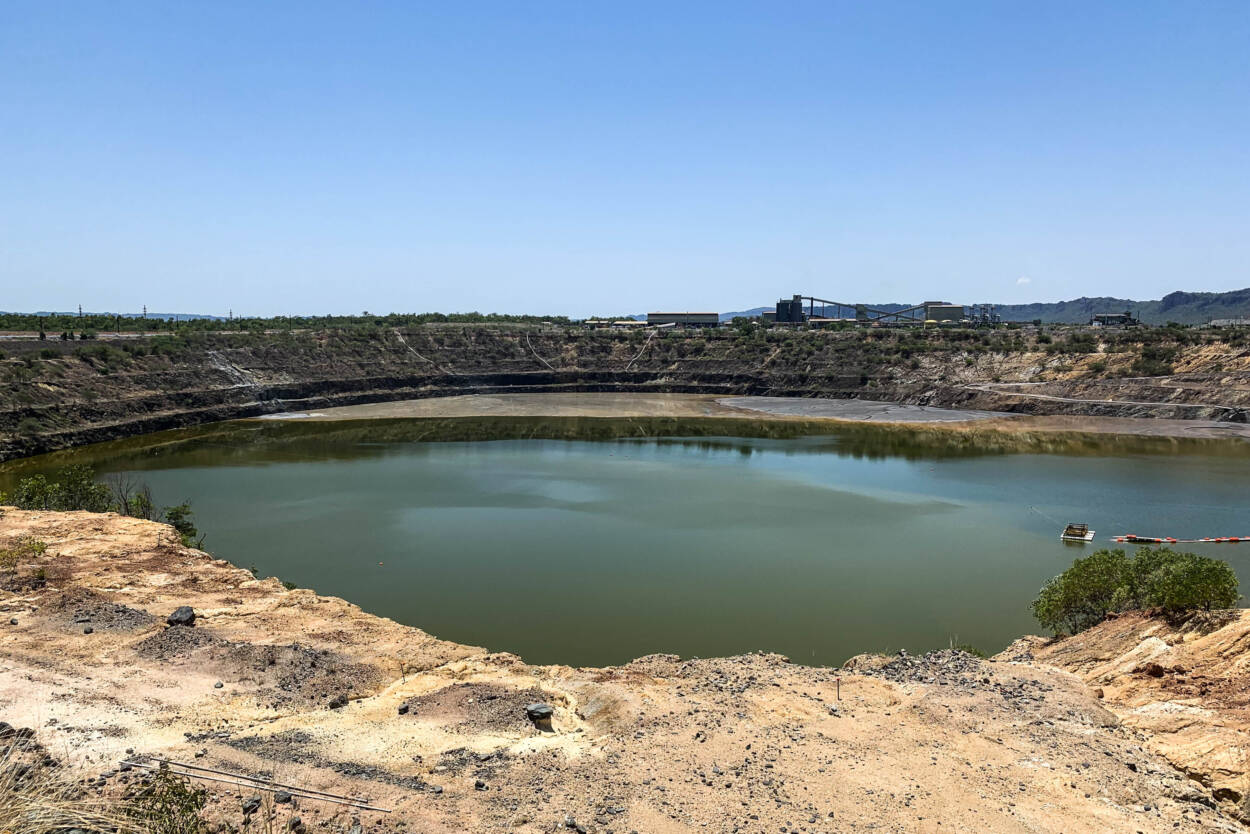Ranger Mine: towards realising Mirarr Cultural Closure Criteria
Date: Apr 10, 2021
Publication Type: Blog
In January this year, Energy Resources of Australia (ERA) ceased production of uranium oxide at Ranger Mine.
Pit 3 in process of being backfilled
Four decades ago the establishment of Ranger Mine played an important role in the story of land rights.
Ranger operates in an environmentally sensitive area, surrounded by Kakadu National Park. The Mirrar people are the traditional owners of the land.
The mine was authorised under the Commonwealth’s Atomic Energy Act. The authorisation included environmental protection conditions with which ERA must comply.
Under these requirements the company must rehabilitate the area to an environment similar to the adjacent areas of Kakadu National Park.
The NLC has a role in assessing progressive rehabilitation and eventually in determining if the rehabilitation objectives have been met.
In recognition of the importance of the views of Mirarr traditional owners in successful rehabilitation, ERA funded consultation with Mirarr which led to the development of Cultural Closure Criteria. The criteria have been endorsed by the NLC and agreed to by ERA.
The criteria reflect traditional owners’ desire to once again be able to use the Ranger Project Area for hunting, gathering, recreation and ritual.
Under existing regulatory arrangements the company has just five years to complete rehabilitation works.
The NLC has been lobbying the Commonwealth to change this artificial deadline to ensure there is sufficient time to deliver the best possible environmental outcomes, such that all cultural closure criteria are met.
The NLC has also been working to ensure views of traditional owners are considered during the rehabilitation period.
Members of the Cultural Reconnection Steering Committee visited Ranger in February
Traditional owners have recently nominated a steering committee of Mirarr and other Bininj from the region to discuss cultural reconnection with the Ranger Project Area.
This includes better defining cultural reconnection for the benefit of regulators and ERA, considering how cultural knowledge can contribute to landform design and species plantings, and how the cultural closure criteria will be monitored and assessed over time.
Traditional owners want the rehabilitated area to be relatively easy to walk across. At most mine rehabilitation areas the ground has been deep ripped, to allow water to penetrate and nutrients to collect in the furrows.
Along with making these areas difficult to walk across, the result is an unnatural appearance of deep furrows and parallel lines of large rocks.
In recognition of the view of traditional owners, the backfilled Ranger Pit 1, now being prepared for revegetation, has been lightly scarified rather than deep ripped.
Recently, members of the steering committee visited the site to inspect the surface of Pit 1. The steering committee also visited trail planting at the mine and talked with ERA staff about a desire to see habitat features and cultural plantings to enhance the site.
We are hoping to see ERA continue to engage with traditional owners in the rehabilitation and monitoring of the site over coming decades, and the company meeting the goals outlined in the cultural closure criteria.



